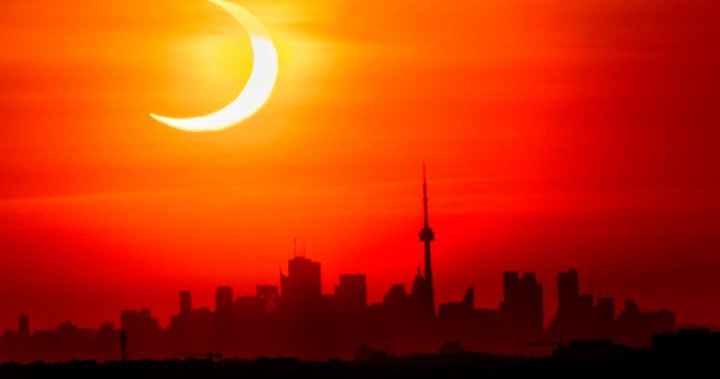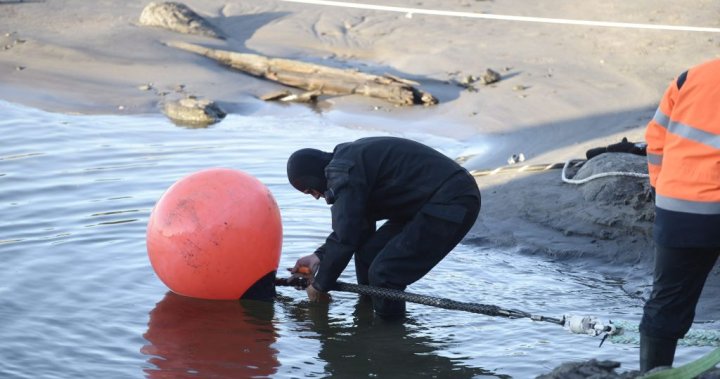Canadians are cutting back on alcohol purchases, a new report from Statistics Canada suggests, as sales data shows a boost in another substance’s sales.
Recreational cannabis sales by provincial authorities increased by 15.8 per cent year-over-year. Canadians spent a total of $4.7 billion in the 2022 to 2023 fiscal year, according to Statistics Canada, which is a $0.6 billion jump from the previous year.
A Statistics Canada breakdown says that works out to every Canadian of legal age spending $150 per year on the products, a number that has been steadily increasing since recreational cannabis was legalized in 2018.
Meanwhile, the volume of alcohol sales has declined for the second consecutive year. According to Statistics Canada, alcohol sales based on volume fell by 1.1 per cent, or 3,106 million litres, in 2022/2023.
“On average, Canadians of legal drinking age consumed 9.2 standard alcoholic beverages per week, down from 9.5 the previous year,” Statistics Canada’s report says.
Beer sales in particular are at an all-time low since tracking began in 1949, the report states, falling to an average of 3.6 standard bottles a week, per person of legal age, in 2022/2023. However, revenue from beer increased for the first time in four years, by 4.1 per cent.
While Canadians appear to be purchasing less alcohol overall, spending has gone up. Revenue from alcohol sales went up 2.8 per cent between the 2021/2022 fiscal year and 2022/2023, according to the data. Liquor authorities and other retail outlets sold $26.3 billion of alcohol beverages in that time.
Because Canadians appear to be buying less alcohol, StatCan says the rise in revenue can be explained by inflation.
Breaking news from Canada and around the world
sent to your email, as it happens.
“The increase in alcohol sales was driven by increased prices,” it says.
Like beer, the volume of wine sold has also decreased. Canadians purchased the equivalent of 2.2 glasses of wine per week, which is a 3.0 per cent decrease from the previous year. It’s also the second consecutive year that wine sales have gone down.
“Wine was the only beverage category that lost market share compared with 2021/2022, falling from 30.6 per cent to 29.9 per cent of total sales in Canada, its lowest level since 2010/2011,” the report notes.

Ciders and coolers is the only beverage category that increased in sales by volume, by 0.6 per cent. Statistics Canada notes that this total is much smaller compared to the average annual increase of 13.0 per cent observed over the past decade.
Recreational cannabis sales on the rise
While alcohol sales by volume fell, purchases boomed for inhaled cannabis extracts. Sales for the products, consumed by smoking and vaping, rose by 59 per cent in 2022/2023 — the highest figure compared to other forms of recreational cannabis consumption.
“This category was the biggest contributor to the increase in cannabis sales, accounting for two-thirds (67.6%) of the $0.6 billion increase overall,” the report says.
Newfoundland and Labrador had the highest growth of inhaled extracts sales (307.7 per cent), having reversed its ban on the category in 2022.
Dried cannabis remained the most popular type of cannabis in 2022/2023, but sales declined to 64.9 per cent, compared to 71.0 per cent in 2021/2022.
In terms of government revenue, federal and provincial governments earned 24.2 per cent more in recreational cannabis sales during the 2022/2023 fiscal year compared to the previous year. Alcohol saw a 0.1 per cent bump.
Overall, total alcohol sales revenue in Canada, at $13.6 billion, still dwarfed total cannabis revenues at $1.9 billion.
The net total was calculated combining income from provincial liquor and cannabis authorities, excise taxes, retail sales taxes, other specific taxes, and licenses and permits.
© 2024 Global News, a division of Corus Entertainment Inc.





